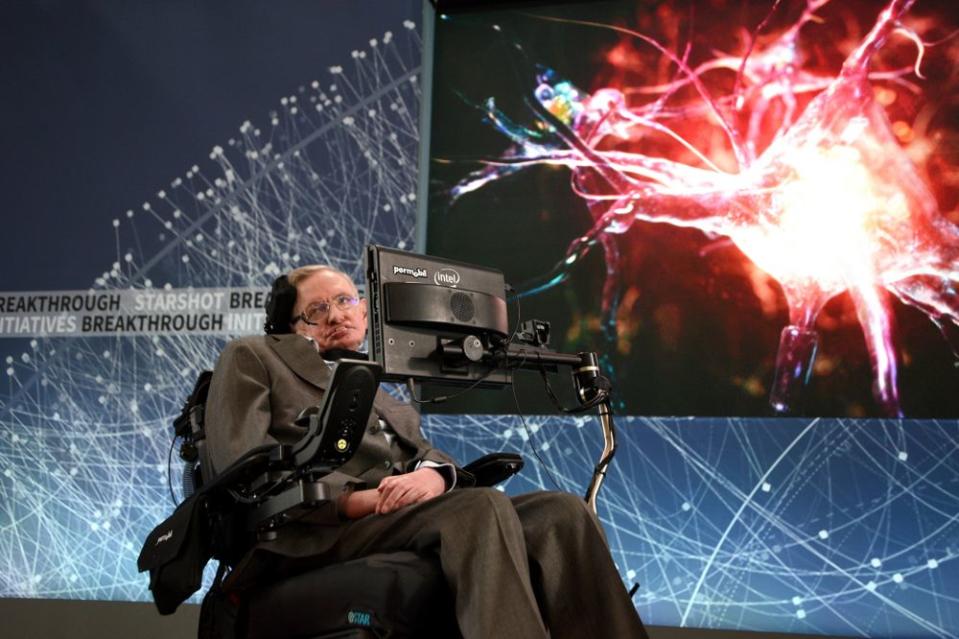Stephen Hawking's Ashes Will Be Buried Near Graves of Charles Darwin and Isaac Newton
Stephen Hawking, the famed physicist from England who died on March 14 at age 76 after spending a lifetime studying the universe, will have his ashes interred near the scientific giants who came before him.
Westminster Abbey officials announced on Tuesday that Hawking will be buried near the graves of Sir Isaac Newton and Charles Darwin. Newton is the English mathematician and astronomer who formed the principles of modern physics almost three centuries ago with his work, “Philosophiae Naturalis Principia Mathematica (Mathematical Principles of Natural Philosophy),” while Darwin, a naturalist and geologist, developed the scientific theory of evolution by natural selection, something he first explored in his 1859 book, On the Origin of Species.
“It is entirely fitting that the remains of Professor Stephen Hawking are to be buried in the Abbey, near those of distinguished fellow scientists,” Dean of Westminster, John Hall, said of the rare honor in a statement.

While the BBC reports Hawking’s family will hold a private funeral for the physicist on March 31 at Great St Mary’s, a church at the University of Cambridge, the interment will not occur until later this year.
“Other famous scientists are buried or memorialized nearby, the most recent burials being those of atomic physicists Ernest Rutherford in 1937 and Joseph John Thomson in 1940,” Hall continued in the statement. “We believe it to be vital that science and religion work together to seek to answer the great questions of the mystery of life and of the universe.”
Hawking was world-renowned for his work in astrophysics and cosmology, and for his contributions to our understanding of black holes.
RELATED VIDEO: Inside Stephen Hawking’s Surprising Love Life—Including Trips to the Strip Club
He published his influential book, A Brief History of Time, in 1988, which sold more than 10 million copies in the two decades since its release. It propelled Hawking into becoming a household name, and, most importantly, it helped to introduce novices to scientific theories such as general relativity and quantum mechanics.
Hawking completed a majority of his work after he was diagnosed with ALS (amyotrophic lateral sclerosis) in 1963. His success helped him become a role model for many others who have a disability.
“If you are disabled, it is probably not your fault, but it is no good blaming the world or expecting it to take pity on you,” Hawking told the Science Digest in 1984, according to Mental Floss. “One has to have a positive attitude and must make the best of the situation that one finds oneself in; if one is physically disabled, one cannot afford to be psychologically disabled as well.”
He added: “I find that people in general are very ready to help, but you should encourage them to feel that their efforts to aid you are worthwhile by doing as well as you possibly can.”

